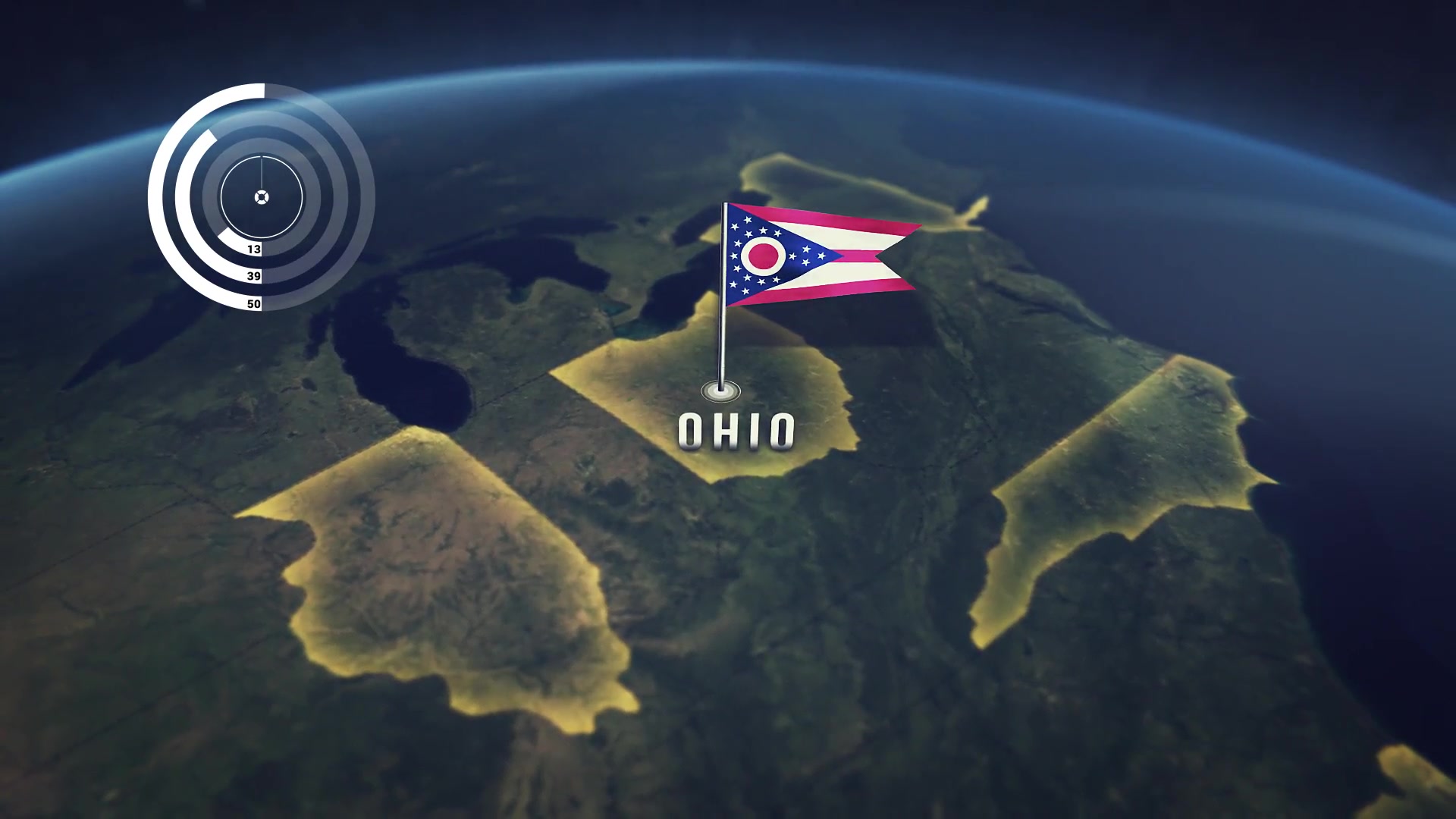


Supports plain text or HTML content.Īrc object accessor function, attribute or a numeric constant for the line’s start latitude coordinate.Īrc object accessor function, attribute or a numeric constant for the line’s start longitude coordinate.Īrc object accessor function, attribute or a numeric constant for the line’s end latitude coordinate.Īrc object accessor function, attribute or a numeric constant for the line’s end longitude coordinate.Īrc object accessor function or attribute for the line’s color. Each link is displayed as an arc line that rises from the surface of the globe, connecting the start and end coordinates.Īrc object accessor function or attribute for label (shown as tooltip). Getter/setter for the list of links to represent in the arcs map layer. The point object (or null if there’s no point under the mouse line of sight) is included as the first argument, and the previous point object (or null) as second argument: onPointHover(point, prevPoint). Only works if pointsMerge is disabled.Ĭallback function for point mouse over events. US outbound international airline routes ( source).This library is a convenience wrapper around the three-globe plugin, and uses ThreeJS/WebGL for 3D rendering.Īnd check out the React bindings.

Globe.GL UI component for Globe Data Visualization using ThreeJS/WebGL View on GitHub Globe.GLĪ web component to represent data visualization layers on a 3-dimensional globe in a spherical projection. 🚀 Add it to your public images | globe.gl Skip to the content. The min size defines how far you can zoom in. If you don't want the size to jump when clicking the globe, set the max size to be the same as the camera position. These are also altitude values, like the camera position. You should then probably also remove the environment (background type & color), so that the background appears black. The default value is true, so leave this out if you do want stars. Alternatively, to make it very zoomed in, lower the value. So if you want it to be extremely zoomed out, the value should be higher. The third value is the distance that the camera takes from the globe.

In this case it's focused on Europe (the Netherlands), but you can adjust it to whatever you want. The first two values (20, 22) represent the coordinates that the globe loads on. You can find them under properties here: This is the one I’m using, but there’s some others you can use for free. The URL here defines the way the globe looks. That’s also why we’ll put the script for the globe in the head section.Īdd the following stylesheets and script in the head section:Įnter fullscreen mode Exit fullscreen mode They might cause the globe not to render, because of the way it is loaded. If you want to use a layout in this file, you should watch out for scripts in the body of the layout file. You can adjust the steps (probably just a few paths and names) so that it makes sense for the tools or frameworks you are using 🦕.Ĭreate a blade file to display the globe in, for example “”. If you want it to do the exact same way, that is. To follow this tutorial, make sure you have an already existing Laravel project set up. You can view the live version of the globe, it might include some new things as I keep working on it the next few weeks.īefore starting with the globe itself, there are a few preparations you might want to make. Shoutout to them, go check that out as well!🙏🏻 I published this tutorial for a small school project, as I'm learning some new things and putting my own twist on it.
3D INTERACTIVE GLOBE CODE
This tutorial is by no means advanced, and most of the inspiration and code came from Raluca Nicola's project.


 0 kommentar(er)
0 kommentar(er)
